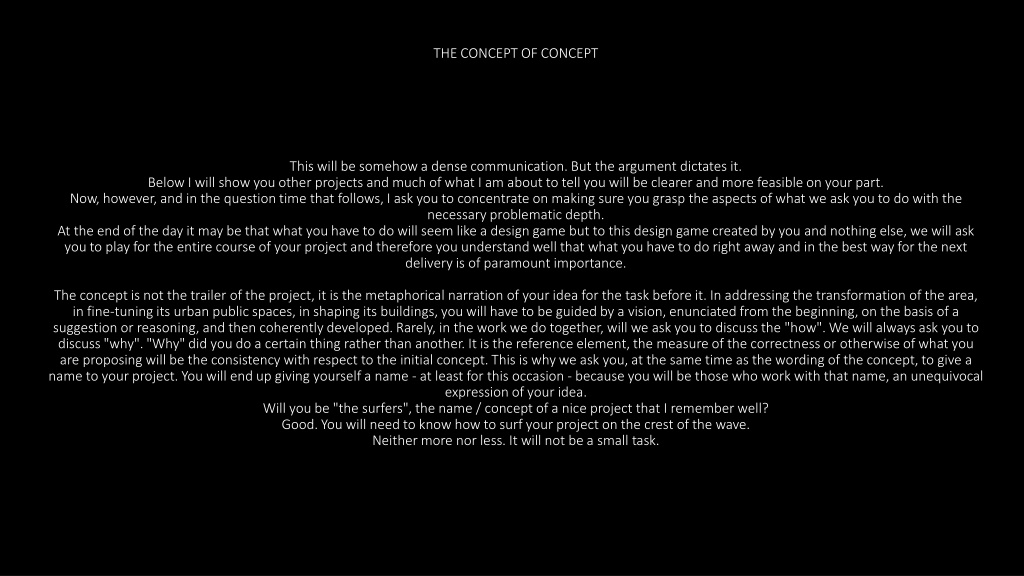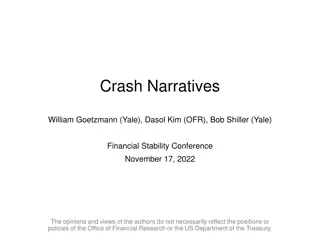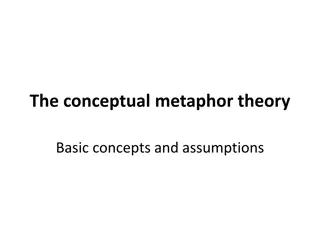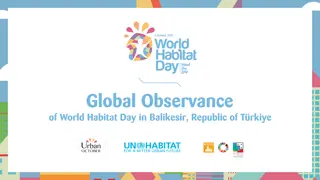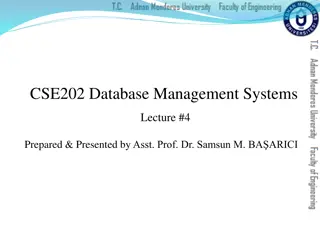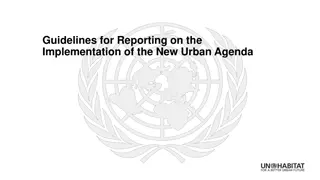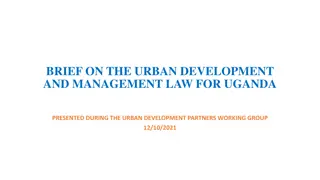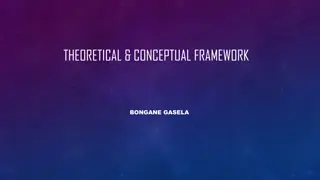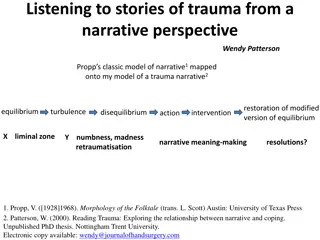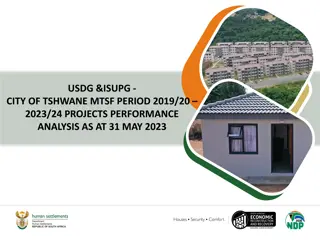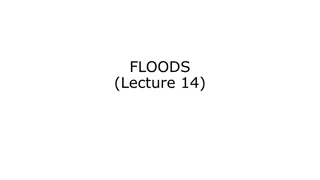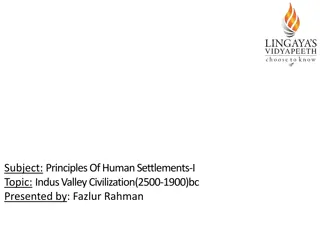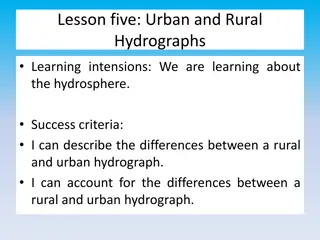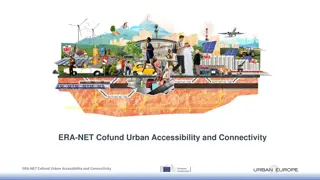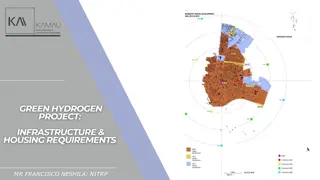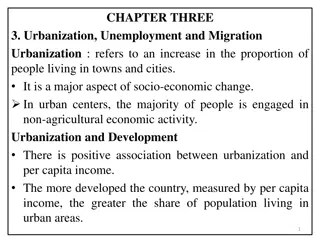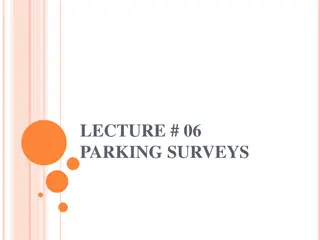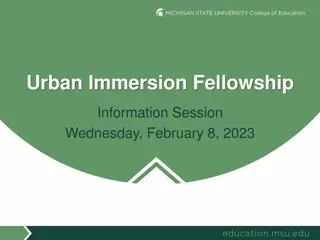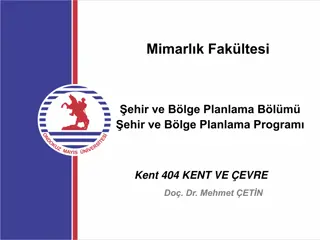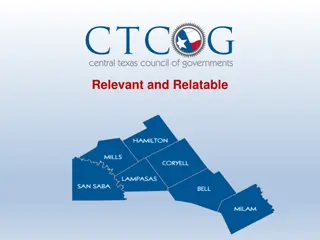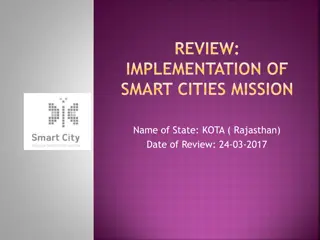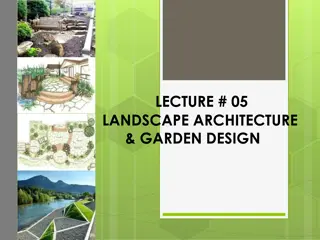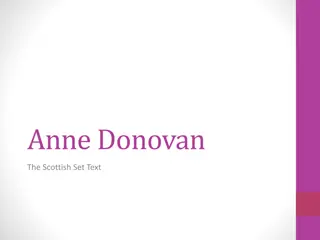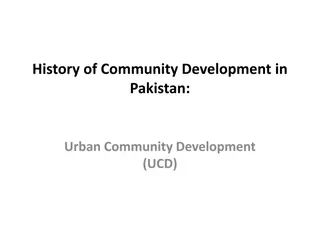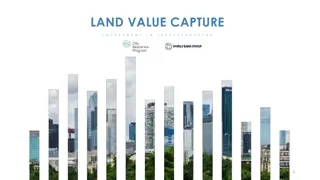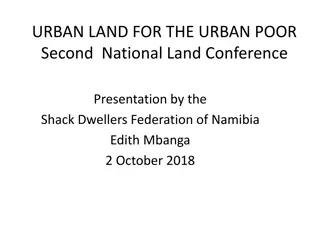Exploring the Depth of Conceptual Narratives in Urban Design Projects
Delve into the intricate world of conceptual narratives in urban design where projects are shaped by metaphoric narrations and reasoning. Discover the importance of developing a coherent vision and giving a distinct name to your project to embody your idea effectively. Embrace the challenge of surfacing your project on the crest of creativity and coherence, transcending trivialities to create compelling architectural narratives.
- Urban design
- Conceptual narratives
- Metaphorical narration
- Architectural storytelling
- Coherent vision
Download Presentation

Please find below an Image/Link to download the presentation.
The content on the website is provided AS IS for your information and personal use only. It may not be sold, licensed, or shared on other websites without obtaining consent from the author. Download presentation by click this link. If you encounter any issues during the download, it is possible that the publisher has removed the file from their server.
E N D
Presentation Transcript
THE CONCEPT OF CONCEPT This will be somehow a dense communication. But the argument dictates it. Below I will show you other projects and much of what I am about to tell you will be clearer and more feasible on your part. Now, however, and in the question time that follows, I ask you to concentrate on making sure you grasp the aspects of what we ask you to do with the necessary problematic depth. At the end of the day it may be that what you have to do will seem like a design game but to this design game created by you and nothing else, we will ask you to play for the entire course of your project and therefore you understand well that what you have to do right away and in the best way for the next delivery is of paramount importance. The concept is not the trailer of the project, it is the metaphorical narration of your idea for the task before it. In addressing the transformation of the area, in fine-tuning its urban public spaces, in shaping its buildings, you will have to be guided by a vision, enunciated from the beginning, on the basis of a suggestion or reasoning, and then coherently developed. Rarely, in the work we do together, will we ask you to discuss the "how". We will always ask you to discuss "why". "Why" did you do a certain thing rather than another. It is the reference element, the measure of the correctness or otherwise of what you are proposing will be the consistency with respect to the initial concept. This is why we ask you, at the same time as the wording of the concept, to give a name to your project. You will end up giving yourself a name - at least for this occasion - because you will be those who work with that name, an unequivocal expression of your idea. Will you be "the surfers", the name / concept of a nice project that I remember well? Good. You will need to know how to surf your project on the crest of the wave. Neither more nor less. It will not be a small task.
THE CONCEPT OF CONCEPT Progetto GREATMED_Cagliari Poetto _Area di Progetto LabMed_Antonio Emiliano_Piazze Galleggianti
THE CONCEPT OF CONCEPT The concept is a metaphorical narration of your project idea, we said. A narrative based on a suggestion or reasoning. Of course, there are banal suggestions "As I walked through the project area, I saw it full of daisies, my concept and the name of my project will therefore be 'The daisy' and my buildings will be shaped like a daisy" Just as there are banal arguments "The quay of the Marina is placed on the sand, my concept and the name of my project will therefore be 'Sand' and will consist in transforming a few million cubic meters of concrete present in grains of sedimentary rock with dimensions between 2 and 0.063 millimeters ( definition of sand on Wikipedia) Architecture today does not need trivialities but convincing narratives
THE CONCEPT OF CONCEPT LabMed_Antonio Emiliano_Piazze Galleggianti Progetto GREATMED_Cagliari Poetto _Concept
THE CONCEPT OF CONCEPT Our ambition is to have you build, through all your projects, a sort of "Manual" on the possible urban and architectural operations practicable on the bank of a river between water, a monument (the Wall) and a modern town. You are part of a collective work for which comparison and sharing are more useful than the isolated search for the most appropriate design attitude, assuming that one exists. This is why we are interested in your concepts as much as in your completed projects and the evaluation of the latter cannot ignore their consistency with respect to the first ones. If in the end, in the context of the competition simulation there will be more convincing solutions and less convincing solutions. It is in the order of design things. In order not to be simple and banal "user manual", to deploy its utility that goes beyond the simple presentation of directly operational indications deriving from the reduction of reasoning or experimentation of greater depth, the manual needs three fundamental characteristics: authoritativeness, shareability and above all must be able to organize a convincing narration of the topics covered. "Treatise" - let it be said by the way - is on the other hand the noble form of the manual that has characterized its nature in its moments of maximum authority and sharing. Treatise is the common name of the story about architecture that took on the nature of a literary form in the Renaissance; the urban design manuals of Stubben, Sitte, Hageman, at the turn of the nineteenth and twentieth centuries are real "city narratives", independently readable regardless of any need for more or less rapid learning and above all any directly utilitarian need for the project.
THE CONCEPT OF CONCEPT LabMed_Antonio Emiliano_Piazze Galleggianti Progetto GREATMED_Cagliari Poetto _Masterplan
THE CONCEPT OF CONCEPT This is not the place to deepen the discussions on the evolution of manuals in relation to its use and the character of the specific cultures that produced it but what is certain is that today, the more evident the lack of convincing narratives is, the more one expects from the manual only a simplification of knowledge, a speeding up of communication, an immediate applicability outside the contexts and situations of use, the more the paradox of user manuals increasingly full-bodied and less and less readable but above all always less effective in comparison with the operational reality to which they are addresse Because first the reality of the project is not univocal but constituted by its nature by infinite specificities and variants that first of all need to be narrated . Narrate - not just analyze - that is, interpret , because a narration is not a description but an interpretation of events and situations. To be shared and above all to have its authority recognized, the manual indication must be able to communicate effectively not so much "how" to do but "what" to do. Today, the dramatic lack of information on what to do with the available notions is opposed to the endless circulation of information and notions on how to do it. Particularly dramatic deficiency in an activity such as that of design which inevitably implies a prefiguration of the finished object, whatever - on a territorial or minute scale - its problematic dimension. The contemporary manual needs more than ever to produce images rather than design instructions. It needs to provide models rather than disclose recipes. Suggest significant options rather than merely offering operational solutions. And he must pay attention to the underlying narrative line. Those who want to make effective use of design modeling as an indication on the "what" to do, must have in mind the narrative that not only introduces it but in some way motivates it and makes it shareable. As we said at the beginning, the concept is nothing more than the metaphorical narration of what the complete project will then exhaustively narrate
THE CONCEPT OF CONCEPT LabMed_Antonio Emiliano_Piazze Galleggianti
THE CONCEPT OF CONCEPT Metaphorical narration, pay attention. Not trailers that must convince you to watch the entire television season in streaming. Not the back cover or flap of a novel that must convince you to buy that book on whose real value you have no other possibility of judgment. The concept is not a manipulation, the concept is a promise. The concept must be convincing but at the same time solid and truthful. With the concept, you take on the burden of expressing a concrete version of a metaphor. It is not an easy thing and is only within reaching mature students, almost architects who no longer have to deal only with purely technical issues. Here we teach how to be the ruling class of architecture, whatever your real professional job should be. Project manager in a multinational project, partner in a small but qualified design studio, responsible for a public office. What we hope to teach you is that design is an intellectual operation and not the simple application of rules or guidelines. In any context it matures.
THE CONCEPT OF CONCEPT LabMed_Antonio Emiliano_Piazze Galleggianti
THE CONCEPT OF CONCEPT It has always been the architect who has sought the opportunity to design and not vice versa. I am not a historian but when I discuss this with colleagues historians I like to tell this more or less precise tale. After the seventeenth century of Bernini and Borromini, the Italian architecture scene deteriorated somewhat. For political reasons, for financial reasons, for the lack of principes capable of promoting new projects. In Italy just a few adjustments in front of some churches, some enlargements of Palaces, some new sacristy. In those years, without any opportunities in Italy, Italian architects set about designing St. Petersburg, the great new capital on the Baltic sea wanted by Peter the Great. They moved to St. Petersburg from Italy when St. Petersburg was not four good hours of flight from Italy, but four difficult travel seasons. Peter the Great wanted Italian architects not only for their technical expertise that even the Dutch architects or the Germans could have provided him. He wanted them for their ability to organize narratives on architecture. For their ability to present metaphors to him even before Palazzi. Convincing concepts even before construction drawings
THE CONCEPT OF CONCEPT LabMed_Antonio Emiliano_Piazze Galleggianti
